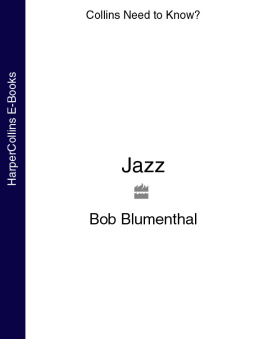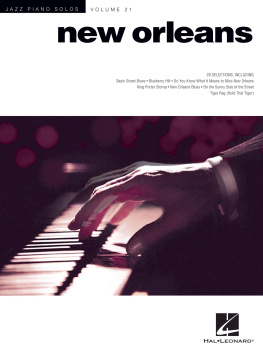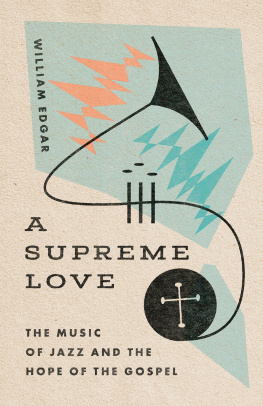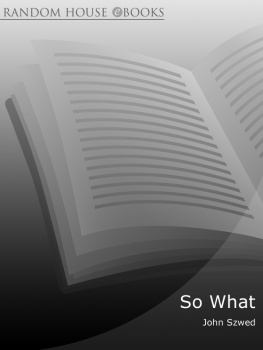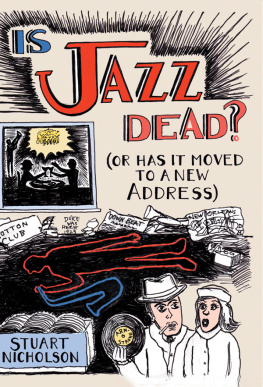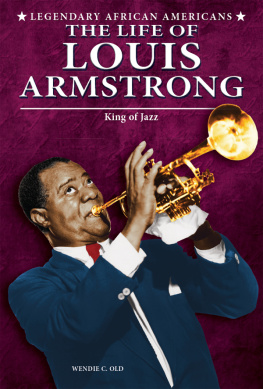Herbie Hancock
The Guardian, Mick Brown, 9 January 1984
H erbie Hancock, jazz virtuoso, on stage with robot dancers, a flashy scratching DJ from New York and enough synthesisers to vaporise acoustic music forever? Hancocks present Rockit Band features three different sets of keyboards, bass, two drummers and centre-stage, manning two turntables, the flamboyant Grand Mixer D.ST, whose scratching effects dominate Rockit. It says much of Hancock that he discovered scratching not from its American ghetto source but second hand from Malcolm McLarens Buffalo Gals.
Scratching making rhythm by manipulating records on two turntables began life as a DIY method for those who couldnt afford the sort of equipment used by technocrats like Hancock. And the sheer mass of electronic and computerised effects on stage rendered Grand Mixers efforts largely inaudible. For most of this performance bass, synthesisers and percussion squirted out rigid dance patterns with a singlemindedness and density that left little room for Hancock to demonstrate imagination or ingenuity.
In this context the groove is the thing, not virtuosity, and there were moments when the group coalesced with compelling force and fluidity, with Hancocks glacial piano runs perfectly counterpointing the dense rhythmic undertow.
Vitality was not in evidence really until the very end, nor Rockit itself. Then the two robots which had been standing on stage for the past hour, and the three pairs of immaculately trousered legs dangling on wires from the ceiling, suddenly snapped into movement; the Grand Mixer attacked his turntables with manic relish; the floor cleared for an impromptu display of breathtaking break-dancing; and the night came spectacularly and irresistibly alive.
The new faces of British jazz
The Observer, Dave Gelly, 30 October 2011
Y ou dont often get an American headline artist interrupting his own set to extol the talents of his British support act, but it happened four years ago at the London Jazz Festival. The support band were Empirical and the headliner was saxophone giant Joshua Redman. He said it gave him hope for the future to hear a very young band that actually played as a band, not a bunch of competing egos. And he was right. Since then, the young British jazz scene has grown in creativity and size, largely on the basis of complete bands. A glance at the programme for this years nine-day festival promises the best, most fascinating and varied line-up yet, especially as far as fresh British talent is concerned.
Theres a new generation bubbling up, says festival director John Cumming, and every generation brings a new energy with it. Were always out and about to catch whats going on. Each generation has a different way of speaking to its peers and we take special note of what younger members of staff come up with, how they react. Theres a common idea that the jazz audience is getting older, but thats not what I find. I find a lot of young people out there and the numbers growing.
Empirical certainly have a big youthful following. The bands line-up has changed over the years but the music remains as surprising as ever, with melodies that veer off in unexpected directions and rhythm patterns designed to keep you on the hop.
You dont have to be a complete square to welcome a good tune from time to time, which may be one explanation for the growing fanbase of Kairos 4tet. The bands leader, Adam Waldmann, composes most of the material and plays soprano and tenor saxophones, with a perfectly gorgeous tone on both. Their music has such smooth and shapely contours that you can almost reach out and touch it. If there is still such a thing as a mainstream in contemporary jazz, this must be it.
It was on Kairos 4tets debut album, Kairos Moment, that I first heard the wraith-like voice of Emilia Martensson. The combination was quite magical. Since then, she has released her own album. Apart from her vocal talent, she has a wonderfully unconventional choice of songs.
A band can be any number of players above one. Andrew McCormack and Jason Yarde, a pair of genuine virtuosos, achieve so much impact with just piano and saxophone that their performances have been likened to a big band compressed into a duet. I would defy anyone not to be captivated by the brilliance of their high-speed flights and the spacious calm of their lyrical soundscapes. Both are familiar figures on Britains contemporary jazz scene especially Yarde, with his trademark asymmetrical topknot but this partnership is new and very special.
These are just a few of the better-known acts. Alongside them come dozens more, all with something unique to contribute: bands such as Manchesters 14-piece Beats & Pieces, new vocal sensation Josh Kyle, or the Leeds-based TrioVD, who are being hailed as pioneers of a new interface between jazz and thrash metal.
Time was when UK jazz festivals revolved around a few big US stars, with home-grown bands used as padding. That has all changed. The big international names are still there, but they no longer dominate the programme. This is largely due to the chaotic energy of all this young talent emerging. Throughout the year, you are likely to find it away from the famous venues, in bars and clubs and back rooms. Its this grassroots vigour that makes a vibrant scene and thats what the festival sets out to capture.
Loose Tubes
The Guardian, John Fordham, 25 August 1984
L ike ornithologists suddenly spotting a rare bird in an unexpected habitat, the jazz cognoscenti are ever-inclined to forecast the comeback of the big band every time a new one glides into earshot.
Loose Tubes is a 21-piece outfit, made up largely of young players, and wonder of wonders it generally devotes itself to the performance of fresh and contemporary repertoire rather than bald retreads of old Buddy Rich arrangements. Its appearance at Covent Gardens Seven Dials Club on Thursday gave the immediate impression that something bold and illuminating was afoot.
This effect was achieved without much solo improvisation. Like the more recent Gil Evans orchestras, the writing creates the illusion that more spontaneous playing is going on in the ensembles than is actually the case: the inflection of the section parts is left to the individuals and the whole effect is so laced with sudden shooting stars of isolated idiosyncrasy (slashing keyboard interjections, wild trumpet outbursts, cantankerous grunts from the trombones) that the absence of stand-up-and-let-rip soloists is mostly unnoticeable.
In a manner that frequently recalled Michael Gibbs, the band favoured tunes that emerged almost stealthily, to be quickly enveloped in waves of overlapping harmonies. This happened to particularly rich effect in a re-working of Joe Zawinuls Young And Fine.
The powerful and imaginative keyboardist, Django Bates, then provided wild and raucous blues in which the chords collided with each other like shunting freight-cars, the rhythm kept lurching into marching band tattoos, and the harmonies slithered and slipped out of dissonance. The effect had something of the eerie audacity of a George Russell arrangement.
Free kept being hinted at, but remained firmly on the leash, and the devices of the early Seventies were adopted as tone colour rather than a philosophy. The final number, featuring a hooting, cavalier tenor solo from Tim Whitehead, concluded with the band members trying to march around the club while still playing they might have found it easier tramping round the inside of a telephone kiosk.
Loose Tubes harmonic ingenuity induced a bizarre empathy among the audience, whose cries of More gradually began to slide into the kind of abrasive harmonies that the band itself had deployed. It was an affectionately spontaneous tribute.
Blowing up a gale
The Guardian, John Fordham, 15 March 1986
Next page

